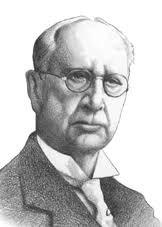A Swedish prospective clinical trial (Gothenburg), of 152 orthodontic patients, is published at the current issue of The Angle Orthodontist. The study is performed on CBCT data collected at baseline, 6-months in treatment, and treatment finish.
CBCT allows for differentiation of the exact root surface that has been resorbed, such as lingual/palatal, buccal, or mesio-distal. This cannot be differentiated by conventional 2D radiographs.
 |
| A case of severe root resorption |







